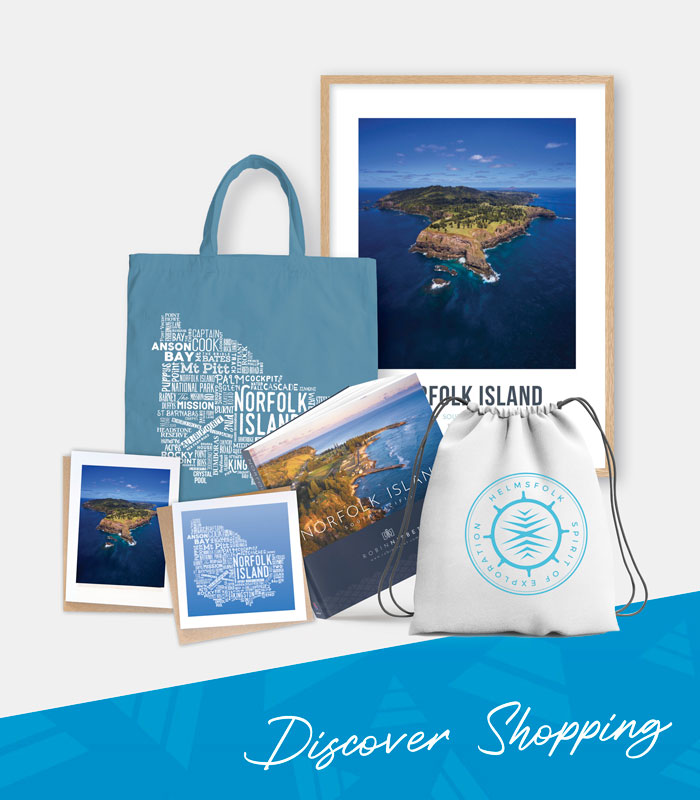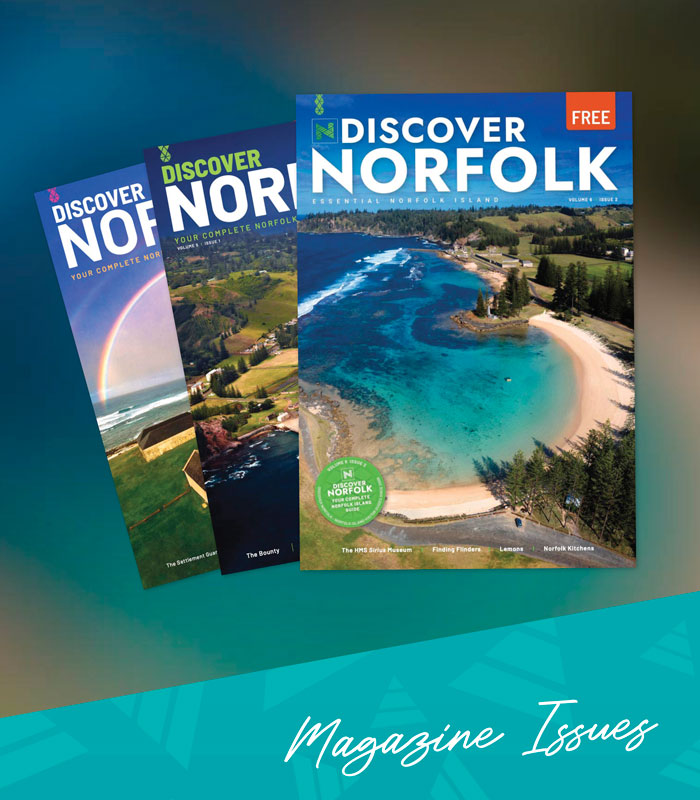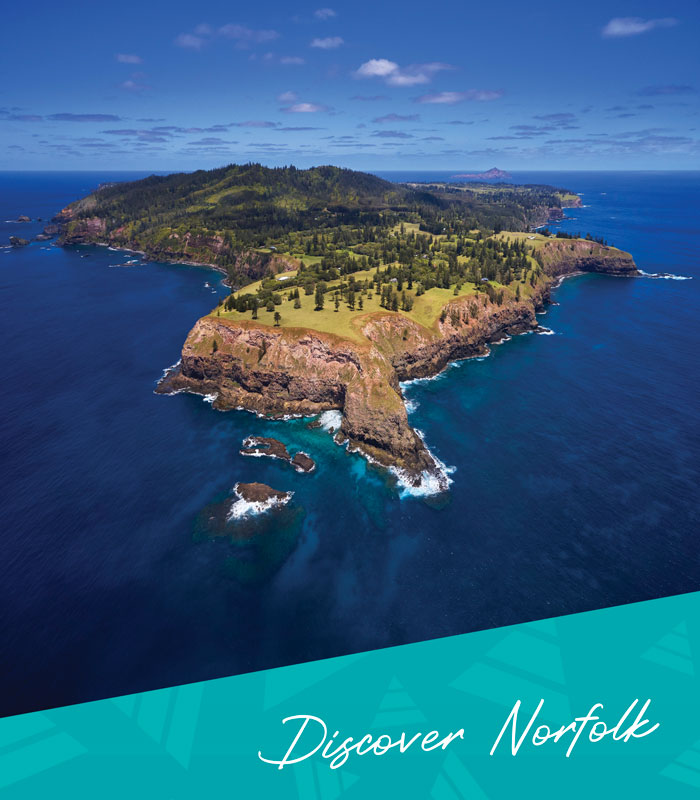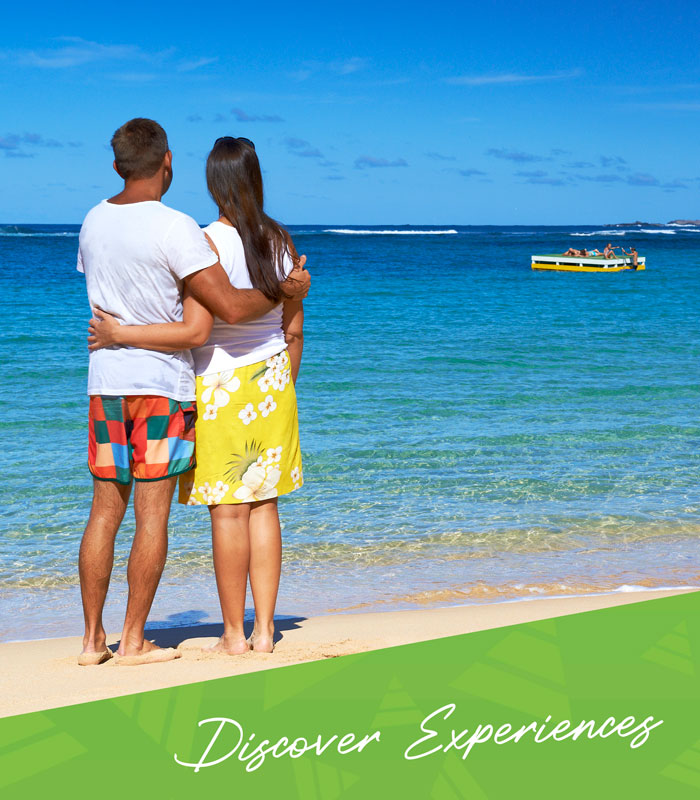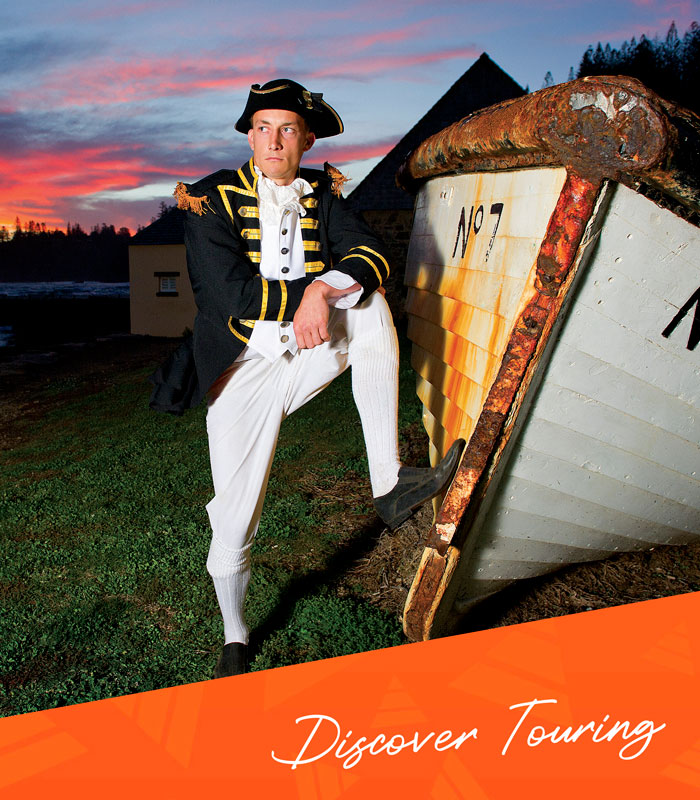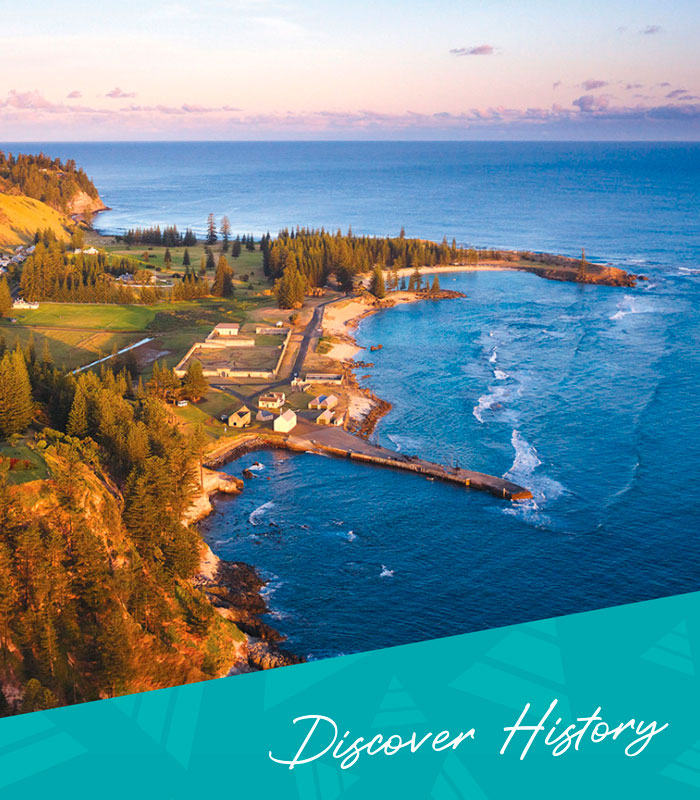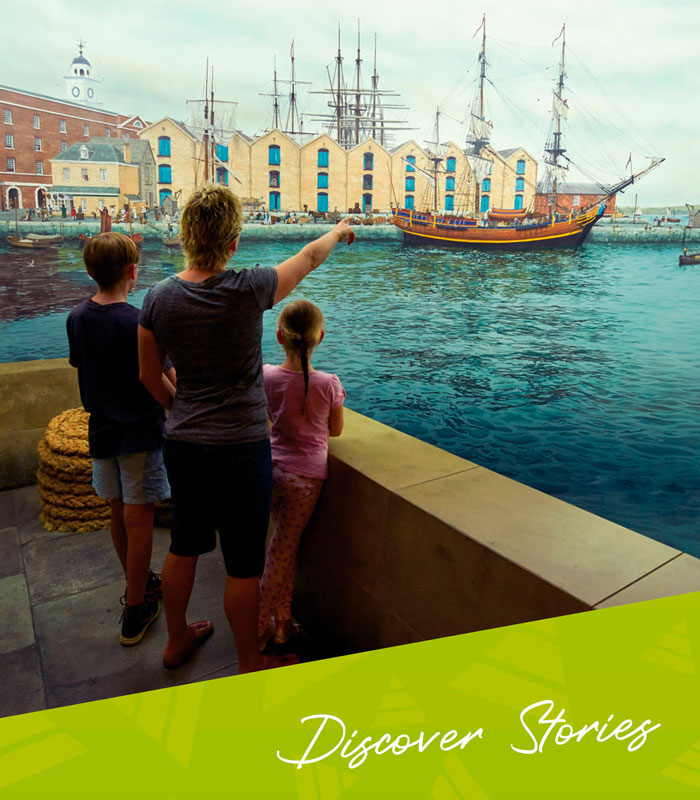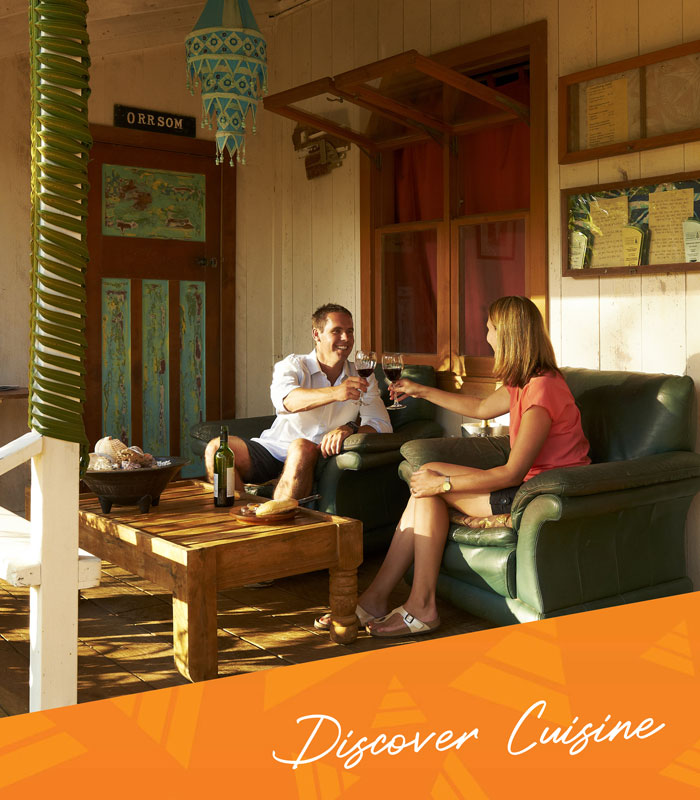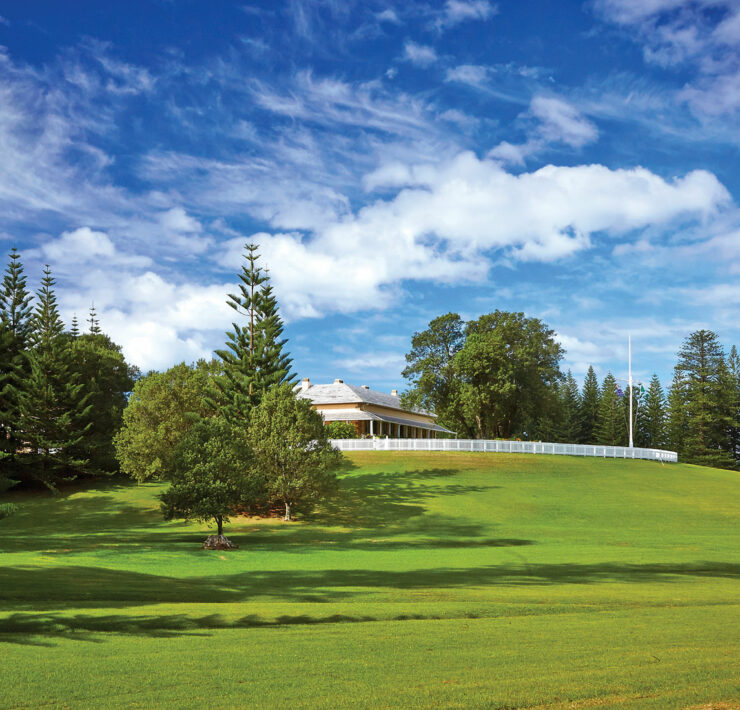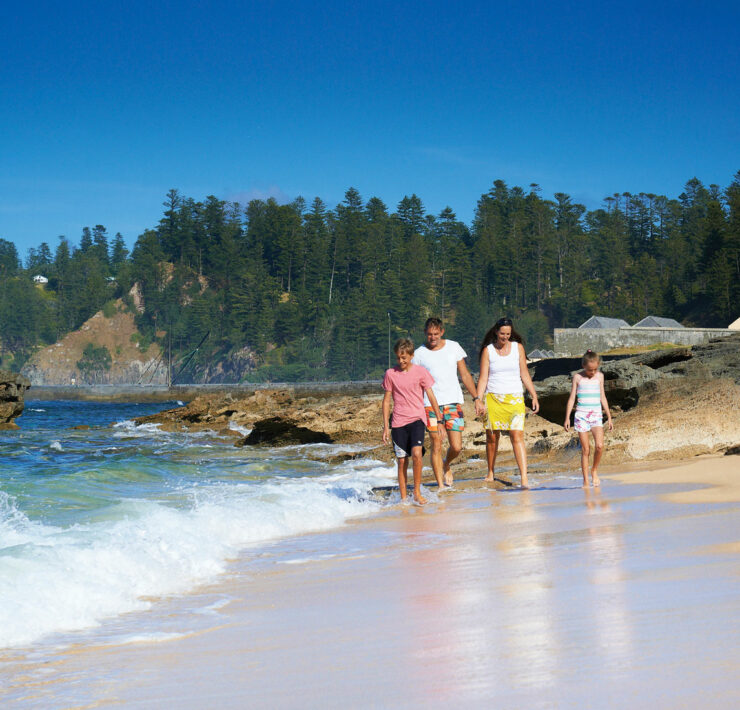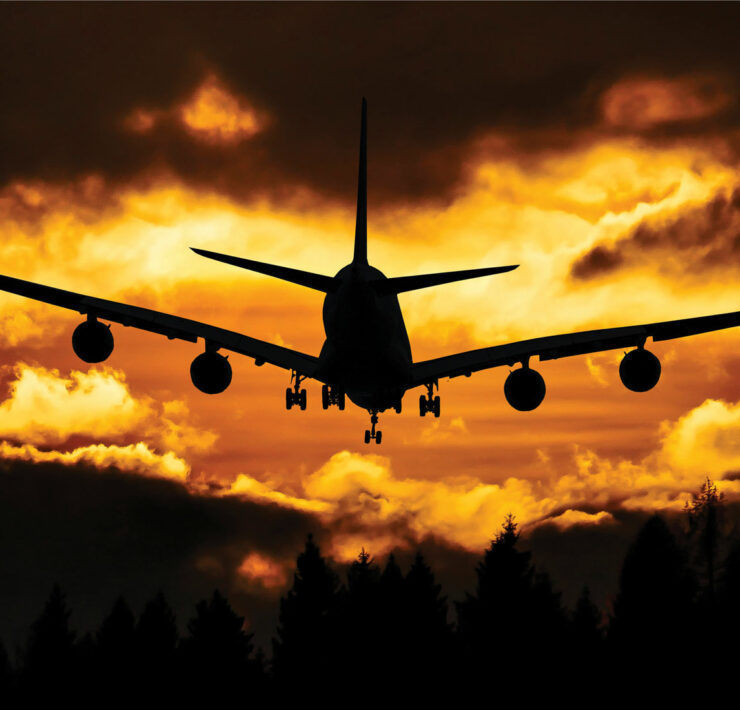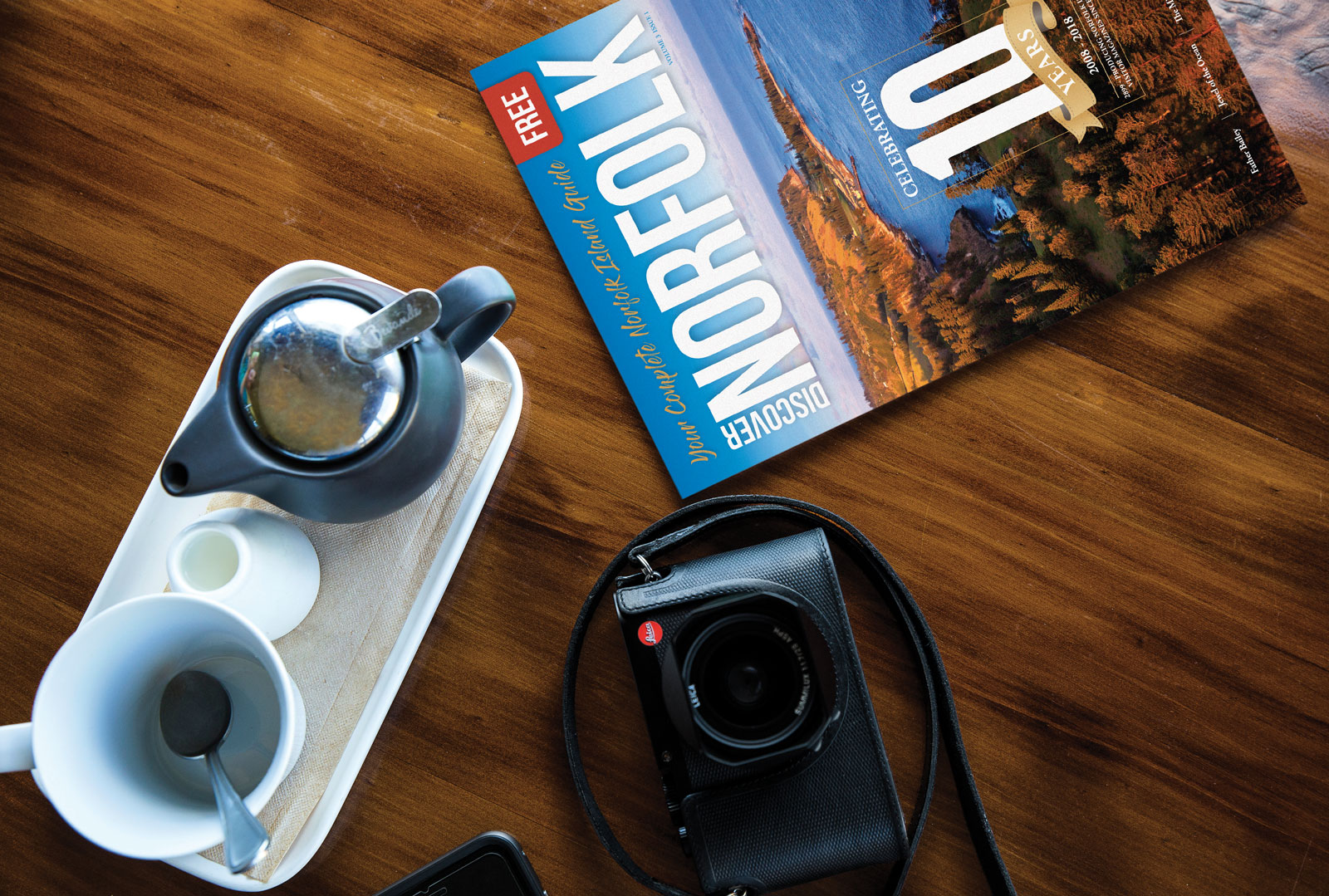Home » All Articles » Dorian Mode: Norfolk Island. Inside out, from the outside in.
Dorian Mode: Norfolk Island. Inside out, from the outside in.

“Watch out for the car and that chicken,” my wife says, as chooks scatter while we weave through cattle, incurring their sidelong glances.
Livestock has right of way on Norfolk Island and I am here to perform at the annual Jazz in the Pines Festival, nurse several hangovers, and eat my own weight in fried fish. When not writing funny books and travel yarns, I am apparently a jazz pianist. With accommodation thrown in for the festival, I force the kids to sleep on the couch for a week and “suffer” Norfolk along with me. We subsequently have a wonderful time and discover one of the South Pacific’s best-kept secret and short-break family holidays.
Norfolk Islanders, descendants of the Bounty mutineers, were transplanted from Pitcairn Island to Norfolk Island in 1856 when they wrote to Queen Victoria, asking for a bigger island to avoid killing each other all over again; John Adams being the only remaining mutineer after violent squabbles over women. When Adams was eventually granted amnesty for his part in the mutiny, he finally divulged the story of how Fletcher Christian was voted out of the Big Brother House, thus ending an enduring mystery that fascinates the world to this day.
We arrive at our accommodation at the four-star Governor’s Lodge Resort, and the kids immediately belly flop into the resort’s heated pool and spa. The bungalows are excellent, with cable television and limited cooking facilities. Governor’s Lodge also offers free snorkeling gear for you to poke around the breathtaking coral masterpiece, romantically named Slaughter Bay, which is protected from sharks (legion on Norfolk) by a finger of reef. Snorkeling on Norfolk is breathtaking (pun intended) and is like paddling directly into the film “Finding Nemo”. The dazzling coral and electric colours of the fish enthrall the kids. Because I’m at Governor’s Lodge (because I’m playing at said resort), I can’t afford to stay for a whole week. So at gig’s end we move to View Rest, a budget apartment charmingly framed by sweet-scented frangipani trees. Accommodation is cheap on Norfolk if you know where to look. Our landlord is a lovely soul. With his three-day-growth of beard and thongs, he hands us the key and introduces himself by his nickname.
“Hi, I’m Rough.”
“You certainly are,” I reply, but it comes out as “Nice to meet you, Rough.”
Norfolk Islanders love nicknames. Their White Pages are replete with islanders listed by their eccentric monikers. However, I think our man had the wrong nickname for his business. The apartments are clean and tidy but none too posh.
I would have preferred to rent my apartment from someone with a different nickname. “Hi, I’m Fastidious and this is my wife Compulsive. We’ve licked the bathroom clean and rearranged the toothpicks in the drawer for you.”
Directly across the road is a Putt Putt course, complete with smoking volcano on the first hole! The course chronicles the history of the island, so by default the kids learn a history lesson. At game’s end I ask my boys what they learned on the course.
“He cheats,” one snaps.
“He took three shots on the Bounty hole and never scored it,” the other says, giving his brother a dead leg.(Beer was invented for Dads.)
Like many activities for kids on Norfolk, Putt Putt is free. So too are the squash courts and ping pong tables, complete with paddles and racquets. The courts sit open and empty waiting for you to use them. Nothing’s locked on Norfolk. Everyone knows everyone. Scoundrels are put to sea in a longboat and told to row to Batavia.
Norfolk Islanders are charmingly laid back and genuinely friendly and don’t seem out to fleece you. This is a pleasant surprise because tourism is their primary source of income. I like it when they wave at you as you pass in your rental car — free with most accommodations on the island although the insurance and petrol sting…
Fuel is pricey on Norfolk because there is no port and everything from buses to Weet-Bix is ferried from containers to the island via old whale boats. We drive to Kingston (so named after governor Philip Gidley King; therefore, King’s Town) to watch them ferry a small truck to the island on these lighters. Tip: pack your own cereal and coffee. Muesli is $12 a packet, however, cigarettes and alcohol are half price. My wife bought two pairs of shoes and I bought fishing rods and reels at a fraction of the retail price. (Tip: Save money, drive around the island buying fruit, vegetables and eggs for next to nothing from local stalls in front gardens.)
Another quirky feature of island life is that the locals juggle several jobs in order to survive. When our soundman mysteriously vanishes during the sound check, I’m told he has rushed off to open Parliament. I discover that our soundman is Head of State! Imagine this in Australia: “Excuse me, the Governor General has asked if you’d like her to mic the drums before she leaves.” This multi-tasking life is again manifested when the tough-as-teak, Liz McCoy (old chum of our sax player), who serves us beers as the manager of the RSL club, turns up in an ankle length dress as our guide for the ghost tour (my son’s favourite activity, where you are led around convict ruins in the moonlight after a scrumptious roast dinner) only to don a straw hat and thongs as our fishing charter skipper!
Needless to say, fishing on Norfolk is beyond spectacular and it is fascinating to hear Liz chatter in Pitcairnese with her cousin at the wheel. She learned English at school because they were forbidden from speaking their native tongue in class, all but wiping out the queer amalgam of 18th century English and Tahitian.
“Duu de thing yu laik”. Do your own thing.
“Ya baut auwas kamfrom” Listen to where we come from.
To my ears it sounds much like Rastafarian. Research leads me to discover Quintal, one of the chief troublemakers on the Bounty, who suffered a debilitating respiratory aliment and was made teacher and storyteller of the original Pitcairn settlement. Quintal was from the West Indian island of St Kitts, which perhaps explains the Caribbean inflection.
Norfolk has no harbour, so, getting in and out of the water is not for the faint hearted. Our boat is hauled from the pier by a crude derrick where Liz’s cousin hitches a cable to their truck and casually reverses, fag bobbing at chapped lips. Sitting in the boat that is swinging in the wind, I just about fainted.
After about 35 nautical miles in the direction of South America, Liz cranks up the boat’s stereo. I’m none to keen on her choice of music. As I contemplate the fragility of our existence in the immense expanse of the Pacific (no Coast Guard on Norfolk), I hear Bruce Springsteen’s “I’m Going Down, Down, Down”. Note to Liz: I don’t want to hear this song, or the theme from the Titanic, or anything from the 80s band “Not Drowning Waving”.
Too deep to anchor, Liz floats a drogue and we drop our lines into the bluest water I’ve ever seen. Before the sinker hits the bottom, we hit the mother load: a piscatorial metropolis. On first cast my son jags four sweetlips on one line and struggles to bring them aboard! The sax player does much the same. Suddenly I’m on! We fill bin after bin of delicious fish. The sweetlip emperor is one of the finest table fish in the Pacific, and can sell for anything up to $50 a fillet. Liz grins as we whoop and holler, hauling in more emperorsthan a Roman bathhouse. One of the reasons recreational fishing is so spectacular on Norfolk, is because the island is the tip of a dead volcano poking through the skin of the Pacific Ocean. You’re aaawfully deep out there. Liz says they sometimesfish at incredible depths. Moreover, there is no commercial fishing on Norfolk, so the waters aren’t fished out. Interestingly, Liz’s knowledge of the island’s history is as fathomless as the depths we fish, and it it’s an added bonus to hear so much about the island as we angle in fishless periods.
At charter’s end, Liz unexpectedly invites us back to Kingston wharf for a fish fry, an island tradition. Cheap booze. Fried food. God, I love these people. We buy a case of beer, crack it open and drink at the edge of the sparkling water as her chum’s fillet the fish, and Liz heats up the fry pan. The sax player and I look at each other dumbfounded, asking each other if we have not indeed fallen from the sky directly into paradise. I press Liz for a brochure that publicises her services. She lights a cigarette and passes me a beer coaster advertising her charter. “All the information you need is there.”
This pint-sized single mum, with her saddle-brown face and rugby nose, was the toughest woman I’d ever met. When I speak of her toughness back on the island, locals reply in reverent tones, “She’s a McCoy”, they say enigmatically. I later discover the original McCoys were a wild old bunch who distilled a native plant on Pitcairn and made the island’s alcohol.
The island survives on tourism so the cultural attractions are legion. One of the highlights is Kingston itself. I’m a history buff and having devoured Hughes’ “Fatal Shore” and countless other books about Norfolk, I’m fascinated to walk among the convict ruins and relive those gripping pages. At the only newsagent on Norfolk I purchase a book called “The Commandants” by M.G. Britts. I fall into its pages as history comes alive before my eyes.
Norfolk was a dark place in our convict past where they sent recalcitrant felons to suffer unspeakable punishments. The ocean hell they called it. At the Sound and Light Show, we’re bussed to the ruins at night and spotlit actors leap out around the old prison re-enacting events. One actor even tumbles down the embankment of Bloody Bridge, so named when brutalised convicts murdered their overseer and secreted his body in the foundations. (All were swiftly hung on Norfolk where the gallows and the flogger’s triangle stood ominously at the gaol’s entrance and were in constant use.) One woman giggles through the entire tour at the cheesiness of it all. I’m offended. I wonder if she’d cackle when visiting Auschwitz or Dachau. Norfolk saw cruelty on a scale not witnessed until the concentration camps of Europe in the 20th century. At the Trail of Fifteen Tour we discover that in one year alone, 109 convicts were killed by musket, 67 bayoneted to death and countless others made to work a human treadmill or lowered into an underground cell and locked away in these soundless tombs. Many went mad as a result. Every Australian needs to visit Kingston at least once in their lifetime.
Norfolk was also instrumental in England’s resolve to colonise Australia. In his celebrated journal, Captain Cook noted the stately Norfolk pines and they’re suitability for masts and spars and the myriad flax needed for sails. He wrote, “except for New Zealand, in no other island in the South Sea was wood and mast-timber so ready to hand.”
Warring Maori tribes made shipbuilding tenuous in New Zealand so Norfolk grew in importance in Britain’s strategic thinking. At the time, Russia had a stranglehold on sailcloth and naval supplies, particularly Baltic pine needed for main masts. Lloyd’s Evening Post of 5 October 1787 urged: “It is undoubtedly the interest of Great-Britain to remain neutral in the present contest between the Russians and the Turks” and observed, “should England cease to render her services to the Empress of Russia, in a war against the Turks, there can be little of nothing to fear from her ill-will. England will speedily be enabled to draw from her colony of New South Wales, the staple of Russia, hemp and flax.”
Alas, Norfolk pine was useless for masts because it’s knotted and contains no turpentine. And the flax was linseed flax and not the fibrous type needed for sails. This was the first irony in what is an island of ironies: from convicts being sent to a hell on earth on one of the most beautiful islands in the world, to the fact that with the surfeit of cows on Norfolk, all milk is shipped to the island at great expense. Some things simply don’t make sense on Norfolk but no one seems to worry too much.
Because the locals have been providing cultural entertainment for tourists for years, the tours and cultural displays are excellent and a great way to engage your kids in history. The Mutiny on the Bounty Show is great but somewhat truncated as it stops short of revealing the Pitcairners full story after they reach the clandestine island, incorrectly charted and undiscovered until American whalersfound it in the early 19th century. However,visitors should make sure they find the right entrance into the Outdoor Salty Theatre. Running late, we find ourselves red-faced when taking the stage door and forced to creep across a plastic Tahitian beach like Fletcher Christian and family in floppy hats and thongs.
My favourite Norfolk activity has to be the Fish Fry at Puppy’s Point. One of the downsides of living on the east coast of Australia is I can’t watch a sunset. Sure, I can watch a sunrise but that would see me up before dawn and instantly thrown out of the musicians union. Norfolk is only a few miles wide so sunsets are just a lazy cow-weaving drive away. At the Fish Fry we again sample that thalassicambrosia, the sweetlip emperor, accompanied by endless salads and exotic traditional dishes. The entertainment is fabulous. A Pitcairn singer serenades us before we are towed to join traditional dancers. The lead dancer is a real card — as my grandmother would say — and has us laughing like drains.
We enjoy the Bounty museum but like most folk museums, there is a superfluity of objects, complete with an 80s telephone and a bottle of Baileys from as far back as 2007. But do call in, as some of the convict and whaling items are excellent. I pick up one of the convict fetters and am nigh moved to tears. How they walked in them let alone worked in them is a mystery.
On our final day we pushed the longboat out and lunched at the outstanding Hilli Lounge Restaurant. We also stick our heads into the renowned Cyclorama. Conceived by Norfolk Islander Marie Bailey, this spectacular 3-D display documents the Pitcairn story, from the Bounty via Tahiti to Pitcairn. A must-see.
In the evening we dine at the Garrison where we are treated to a five-star experience equal to any hip inner-city restaurant in Australia. With its tropical chic decor and hip menu, it’s a pleasant surprise.
On the flight home I meet the island’s most famous resident, Colleen McCullough. I’m a fan of her series. With her joyous tobacco laugh she seems delightfully unpretentious and earthy. No doubt one of the reasons the Islanders have made her one of their own. Norfolk Islanders have no time for knobs, founding families notwithstanding.
As the island grows small in the window of the 737, I vow to return to this ocean Eden one day and clog more arteries.
Image Credit: Robin Nisbet
www.robinnisbet.com
____
Article content disclaimer: Article first published in 2899 Magazine V1 Iss2, 2008. Please note that details of specific travel, accommodation and touring options may be outdated. References to people, places and businesses, including operating days and times may be have changed. References to Government structure and Government businesses/entities may no longer be applicable. Please check directly with businesses and/or Government websites directly rather than relying on any information contained in this article before you make travel arrangements.


